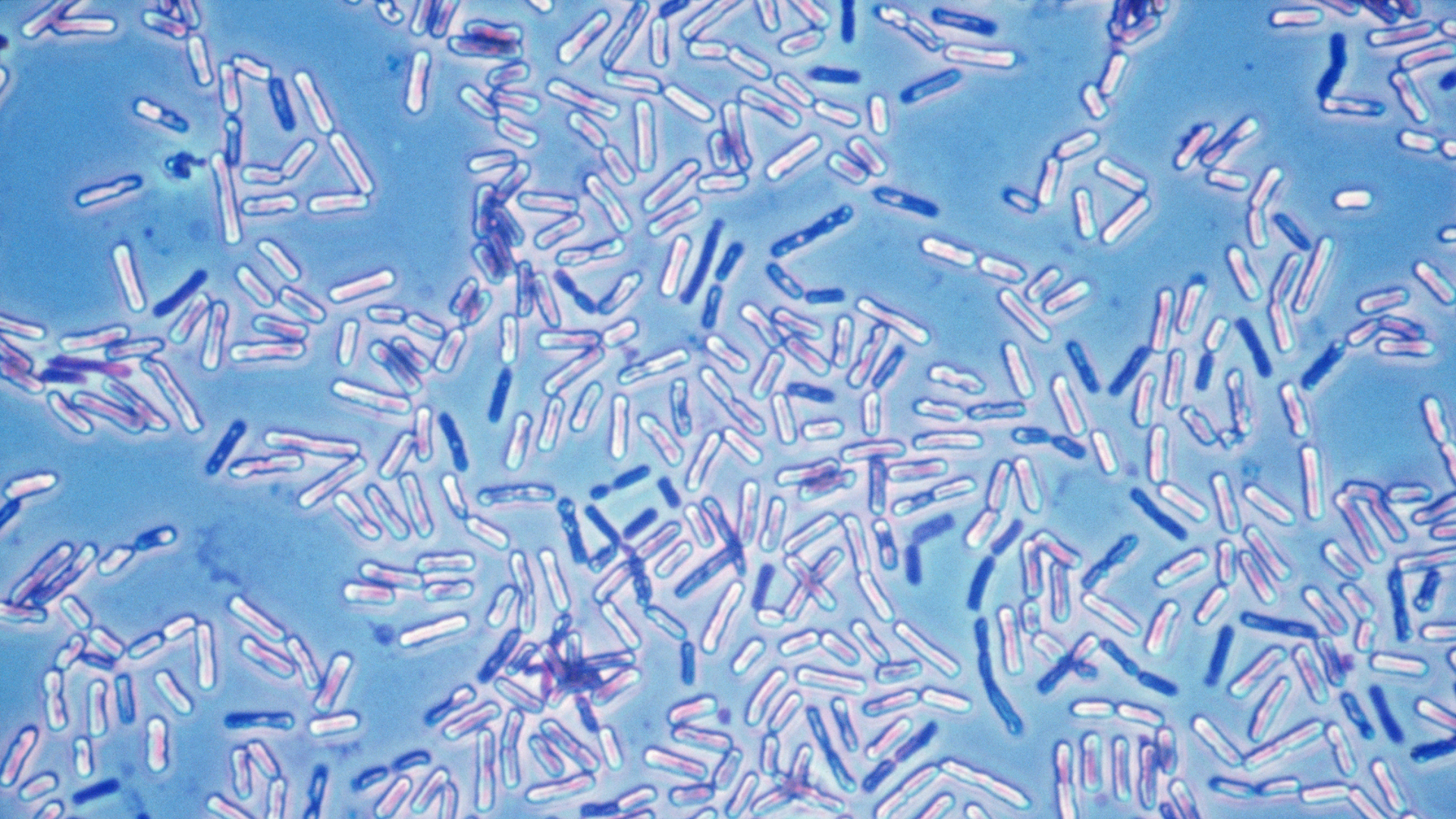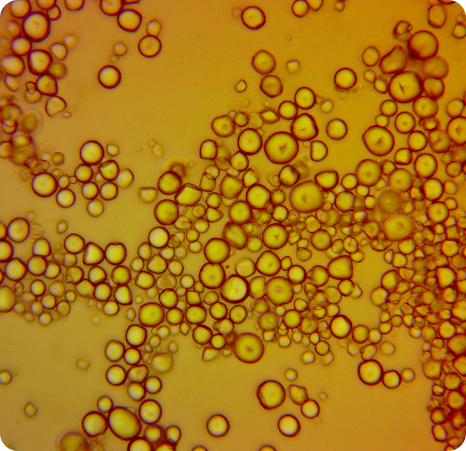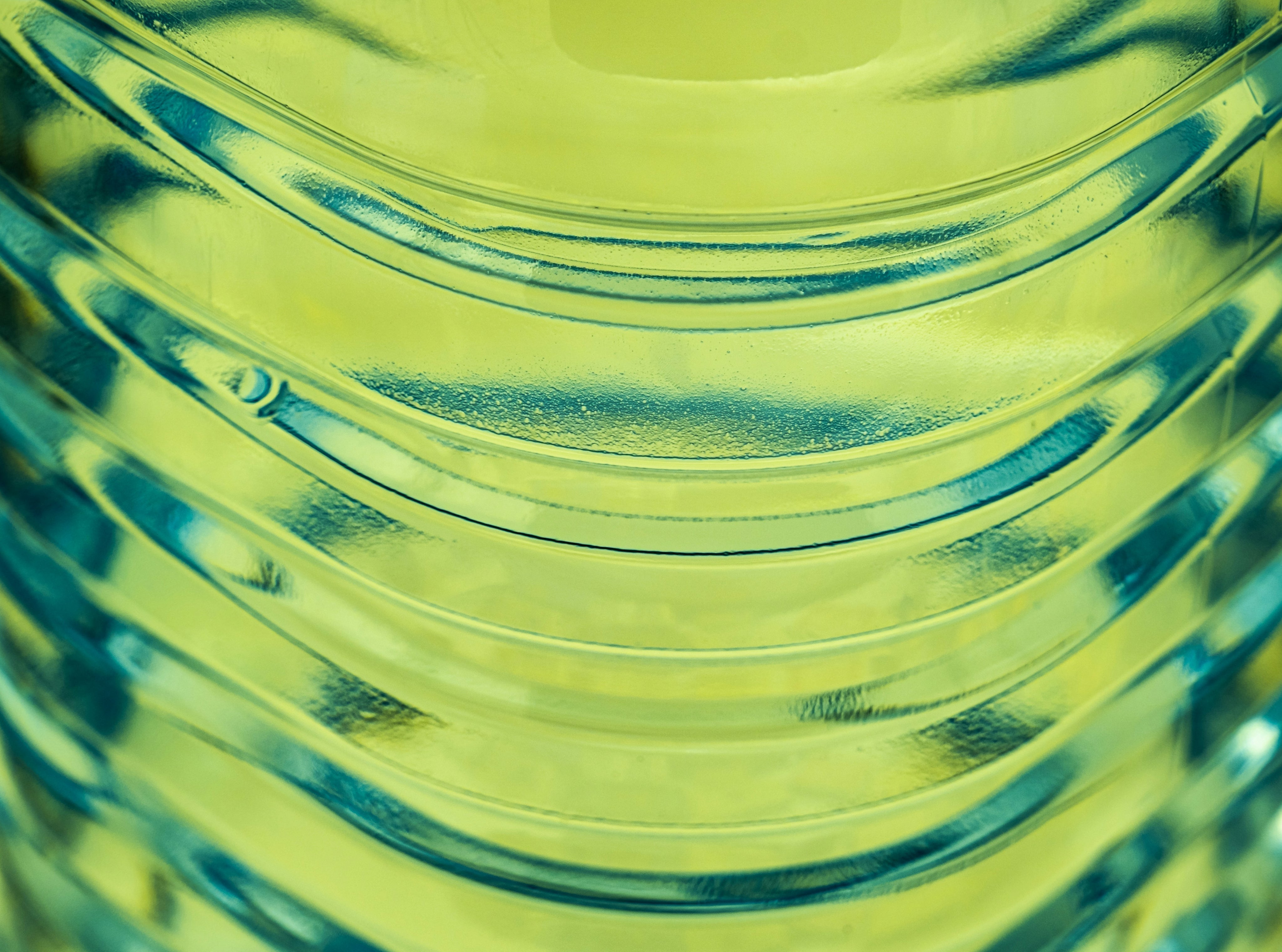Modern living has starved our inner ecosystem.
Due to industrialization, processed foods, and other realities of modern life, the biodiversity in our microbiomes has severely diminished over time. 95% of adults don’t consume enough fiber. Nearly half of us live with chronic digestive issues. Our microbiome is the root system of our health, connected to our digestion, our metabolism, our immune function, and brain and mood—and it’s struggling.
Mind
Higher fiber intake is linked with decreased risk of depression. (Every daily additional 5g of fiber is associated with ~5% lower risk in adults.)*
Scientific Research
Dietary fiber intake, depression, and anxiety: a systematic review. https://pubmed.ncbi.nlm.nih.gov/36692989/
Fiber intake and fiber intervention in depression and anxiety. https://pubmed.ncbi.nlm.nih.gov/38007616/
Gut
Prebiotic fibers (e.g., inulin/GOS) increase beneficial bacteria like Bifidobacterium in randomized trials and support digestive health.*
Scientific Research
Dietary fiber intake and gut microbiota in human health (review). https://www.ncbi.nlm.nih.gov/pmc/articles/PMC9787832/
Randomised clinical trial of fibre-rich legumes targeting colonic biomarkers. https://bmjopen.bmj.com/content/14/2/e081379
Colon
High fiber intake is linked with reduced risk of diverticular disease. Consuming about 30g per day is associated with a 41% lower risk vs. low intake in meta-analysis.*
Scientific Research
Dietary fiber intake and gut microbiota in human health (review). https://www.ncbi.nlm.nih.gov/pmc/articles/PMC9787832/
Randomised clinical trial of fibre-rich legumes targeting colonic biomarkers. https://bmjopen.bmj.com/content/14/2/e081379
Joints
Fiber-driven SCFAs help balance joint inflammatory pathways; a 6-month prebiotic RCT in knee OA improved physical function and body composition, with mechanistic reviews linking SCFAs to cartilage/subchondral protection.*
Scientific Research
Effect of prebiotic fiber on physical function and gut microbiota in adults with knee osteoarthritis and obesity (RCT). https://link.springer.com/article/10.1007/s00394-024-03415-w
Links between short-chain fatty acids and osteoarthritis from pathology to clinic via gut–joint axis (review). https://stemcellres.biomedcentral.com/articles/10.1186/s13287-025-04386-3










